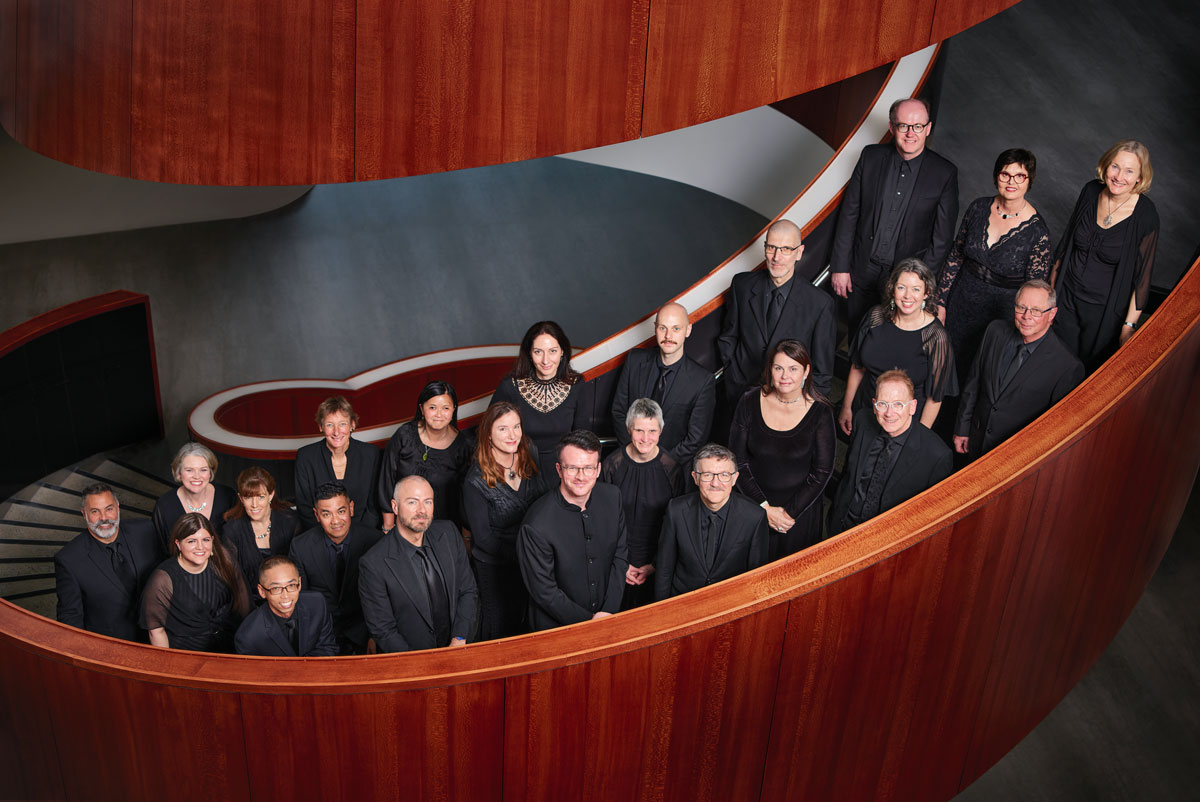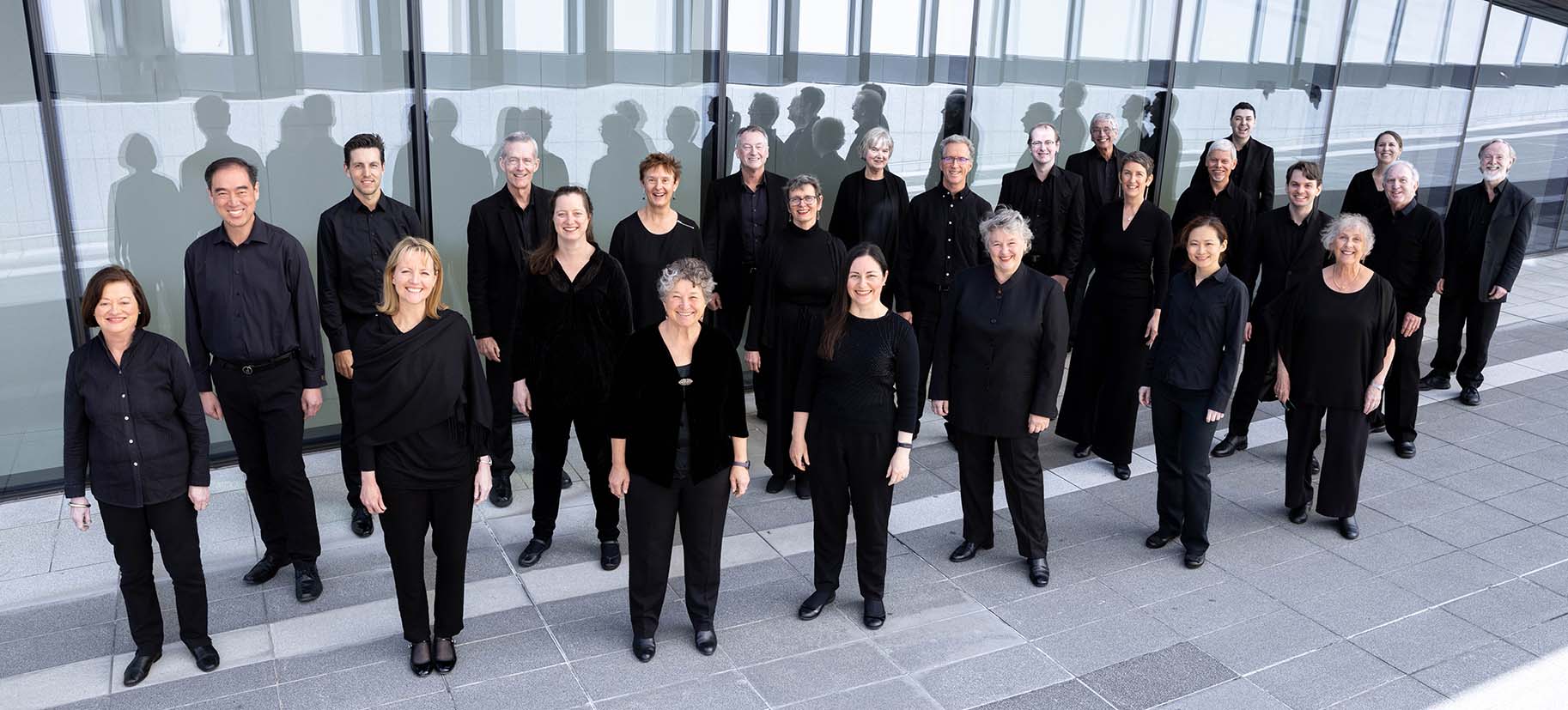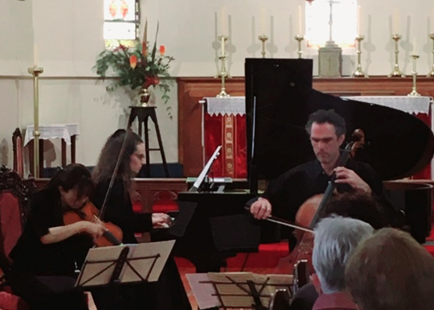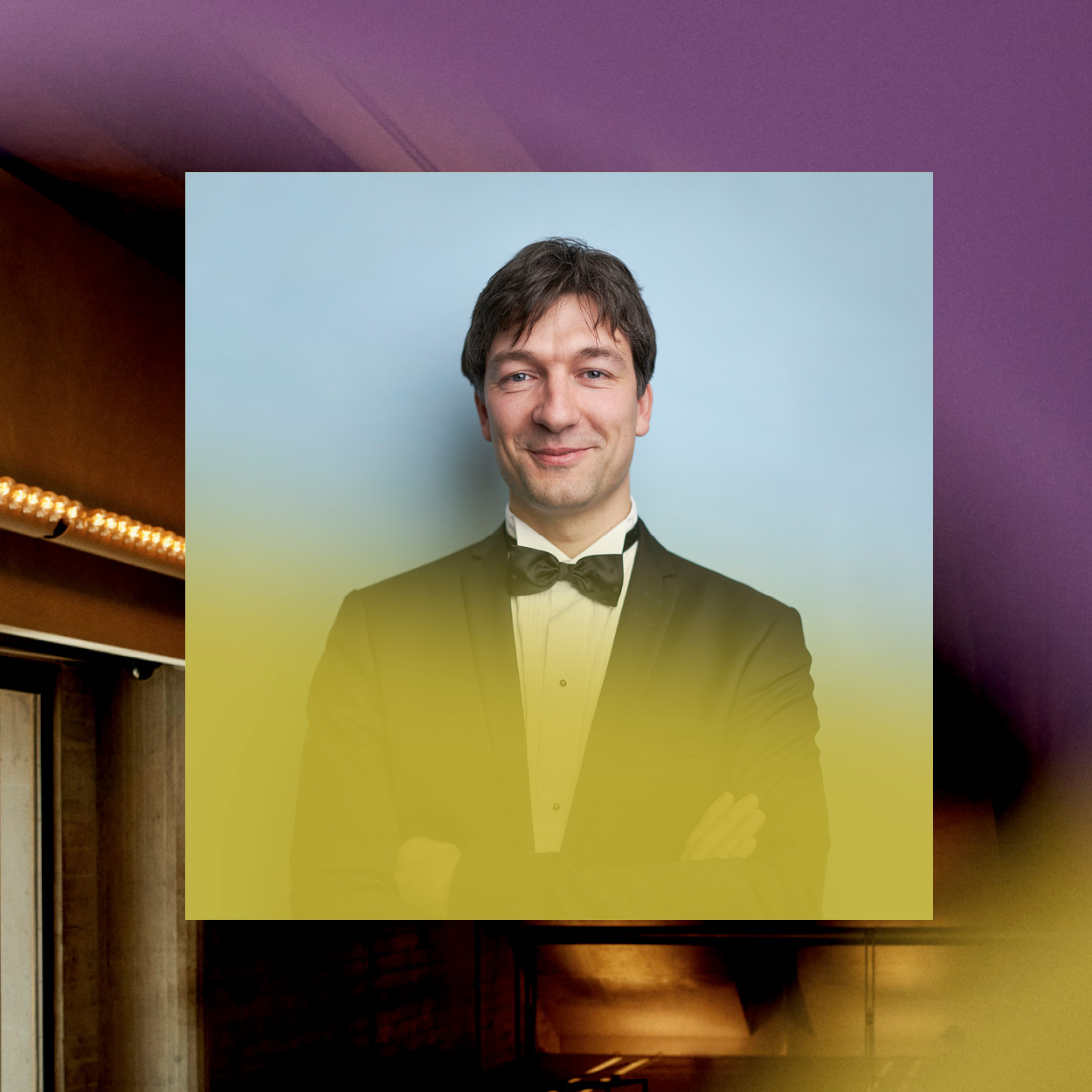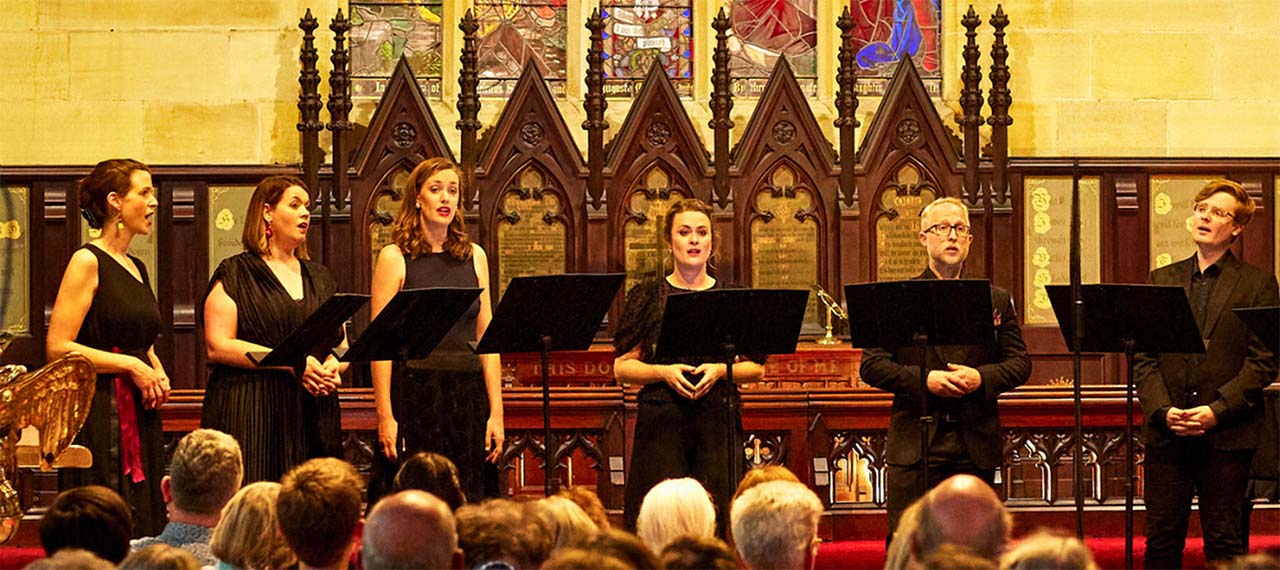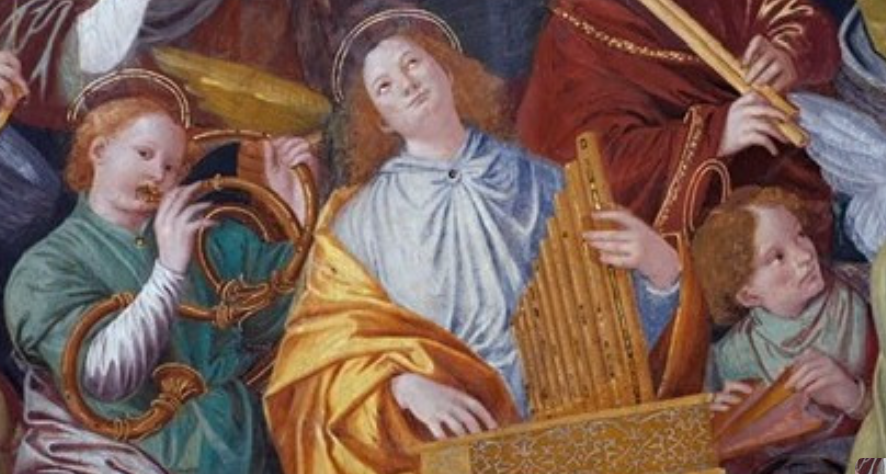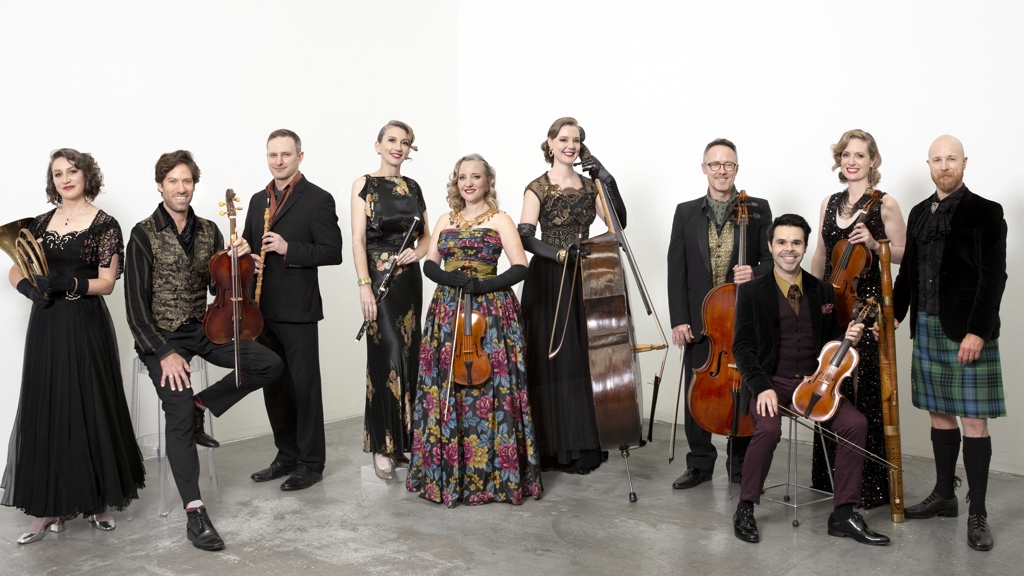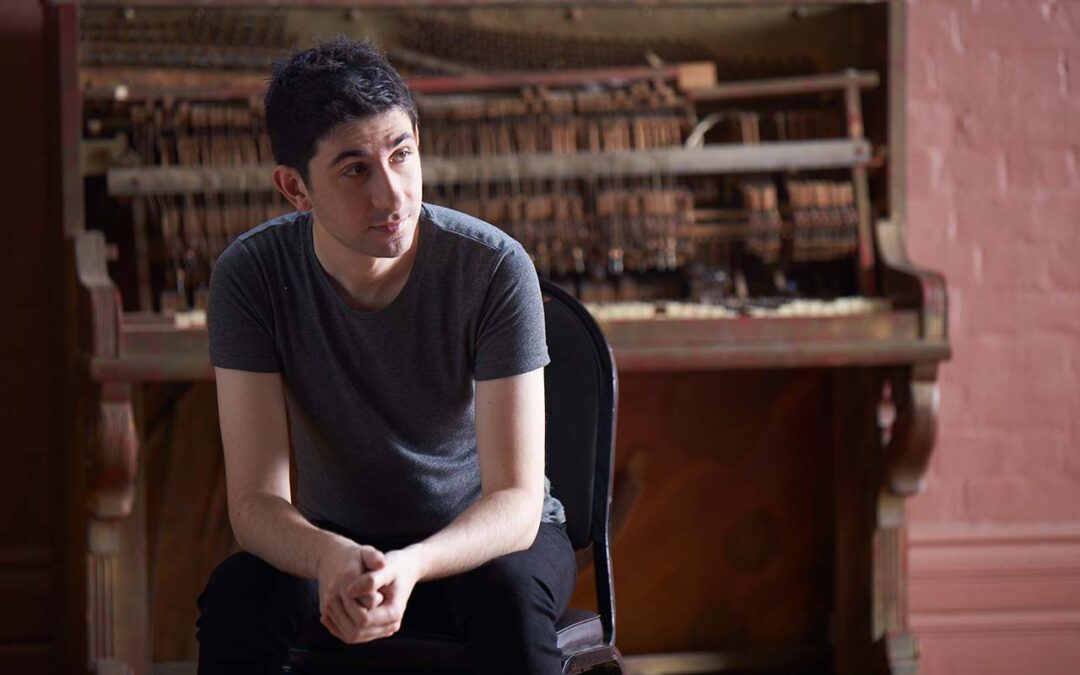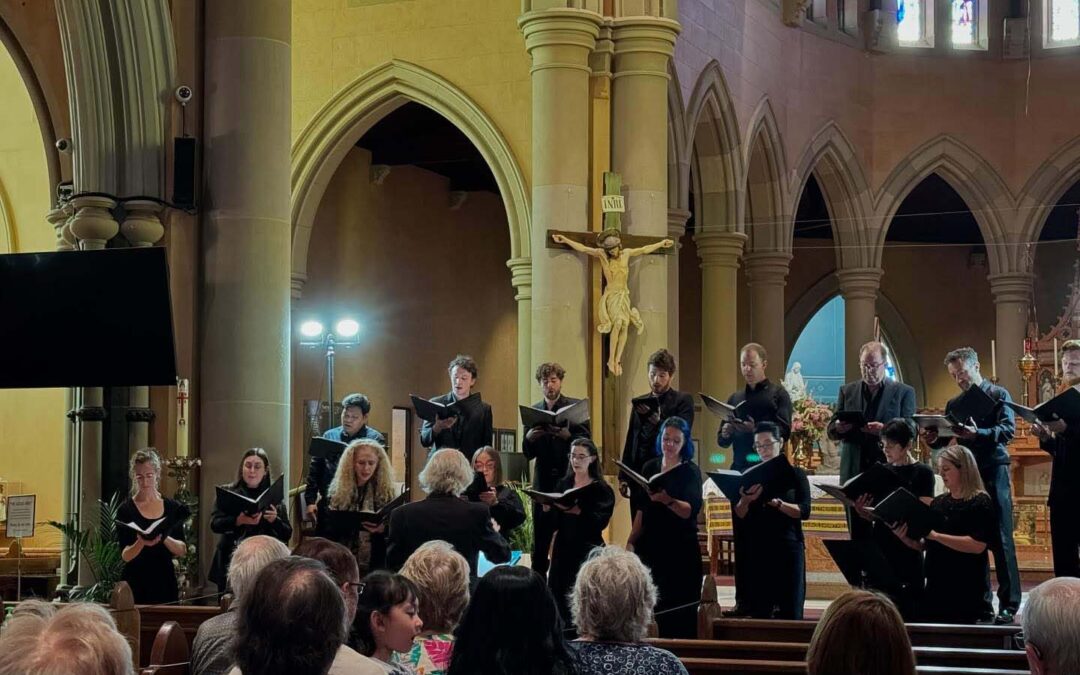Das Rheingold, Die Walküre, Siegfried, Götterdämmerung
by Richard Wagner
Conductor: Peitari Inkenen
Director: Neil Armfield
Opera Australia, Arts Centre Melbourne, November 2013
The Music
If Wagner had been born a century later he may have been a great film composer. His music is very visual — both spectacular and intimate! If a line is drawn from Wagner, and through Strauss, Mahler to Korngold and perhaps on to John Williamson, we hear a history of film music. The production caught this filmic quality in both its capacity for spectacle and for intimacy, as did the orchestra.
The orchestra
The 120 member orchestra under Peitari Inkenen never seemed to flag, particularly the strings and brass. Yet they rarely drowned out the singers. Inkenen maintained tight control. The majesty and the intimacy of Wagner’s music were captured without overwhelming all else. Inkenen’s beating was thought to be on the slow side, but I don’t think the singers would have complained. The music was understated when it needed to be as monumental as required. At the conclusion of Götterdämmerung the orchestra members came on stage with their instruments amidst cheers by the audience and the performers.
The singers
There was barely a poor performance. Of the Wagner specialists, Stuart Skelton as Siegmund, was as good as one expected. His singing with Sieglinde (Miriam Gordon-Stewart) in the first act of Die Walküre was stunning, as was the affecting lyrical clarity of her voice.
Susan Bullock was an understated Brunnhilde. She was represented as an assertive, but loving daughter, not afraid to bear the consequences of defying her father, Wotan. Her work built to a very powerful climax in Götterdämmerung as she dies in solidarity with Siegfried as the world is obliterated by fire. Richard Berkeley-Steele was a delightful silver-suited ‘fixer’ god and silver-tongued realtor Loge in Das Rheingold.
Wotan (Terje Stensvold) started slowly but by the third opera Siegfried was at his best as ‘The Wanderer’, who was represented as an ageing slightly crazed rock star, although in Wotan mode he looked as though he had been sleeping rough for some time. His gravitas never faulted!
As Siegfried, Stefan Vinke’s singing was extraordinarily sustained and near flawless. He sang without flinching for most of the three Acts of Siegfried. It is a huge ‘sing’, so much so that three tenors are sometimes cast to sing an Act each. His work with Brunnhilde in both Siegfried and Götterdämmerung, was deeply moving.
Jacqueline Dark (Fricke) came into her own in Die Walküre. She sang with enormous power and authority in instructing her husband Wotan not to tolerate incest and adultery. She was represented as a rather stentorian north shore matron (in well-cut beige) who was not to be contradicted. She also seemed to be the prevailing Norn when the three Norns weave the tapestry of destiny in the prelude to Götterdämmerung, although her fellow Norns, Elizabeth Campbell and Anke Hoppner, might have disputed that.
The audience favourite of the first two operas was Warwick Fyfe as Albrecht. I thought he could not improve on his performance of Falstaff earlier this year. As the Ring-obsessed Albrecht, he was grotesquely effective, but still able to garner a modest amount of sympathy. He so deserved the rapturous applause he received. A triumph of singing and acting!
Deborah Humble as Erda makes two appearances. Her chocolate-like mezzo was delicious. She also backed up as a Valkyrie.
An ever-improving Jud Arthur took his two roles, Hunding and Fafner, by the scruff of their unattractive necks and used his powerful bass voice to ring every possible emotion out of them. His application of Fafner’s make up in the second Act of Siegfried — projected onto a large screen — was one of the visual highlights of the Ring Cycle.
Daniel Sumegi was born to play bad guys. A big man with a voice to match! He was one of the Dodgy Brothers (Fasolt) in Das Rheingold. He was so evil he knocked off his brother after the deal was done to build Valhalla and the gold is secured. He reappears as Hagen in Götterdämmerung. Fasolt seemed like a pussy in comparison. Hagen is the Master of Mayhem, although he gets his comeuppance when the now dead Siegfried raises his arm and dispatches him to Hades.
There are a number of women playing lesser roles in the various operas. No one was lacking. Dominica Mathews was wonderful as a Tivoli showgirl (via Les Girls) Rheinmaiden and as one of the Valkure. The Valkure seemed to be a cross between National Park rangers and a somewhat jaded girl band. No sky riding here, although they arrived on trapezes! Nevertheless they maintained secure musical solidarity with their sister Brunnhilde. Among their number were too rarely seen singers such as Anke Hoppner, Elizabeth Campbell and Merlyn Quaife. It seems a pity we have to wait for a Ring Cycle to see and hear such experienced performers. Taryn Fiebig is delightful as the Woodbird in Siegfried and Sharon Pereo is a suitably distracted bride in Götterdämmerung.
The production
It was the production that provoked muttering from audience members and some critical comment from reviewers. I was indeed puzzled after Das Rheingold. It begins and ended with glitz, but much of the rest of it was stark, with often little more than a black stage, with lighting on the singers. I thought this approach brought out both the music and the drama through the unencumbered interactions of the principal characters. In Die Walkure, however, we see a monumental engineering feat of a spiral walkway stretching from Valhalla to the earth. Most of the action took place either on or below the walkway. This maintained the modernist starkness of much of the production.
When the production switched to modernist to ‘kitchen sink’ mode (such as in first Act of Siegfried), and back to glitz, there was much visual humour. The progress of the gods up the huge stairway to Valhalla, after passing through twenty fan dancers, was both monumental and very funny. The Director Neil Armfield avoided the usual clichés. We had the ring of fire around Brunnhilde at the end of Die Walkure, but when she reappears in Siegfried, she is enclosed in a plastic cage like construction. Clear latex bondage perhaps? Wagner has his Verdi moment in the wedding scene. We hear a chorus for the first and only time. At the end of Götterdämmerung the destruction of the world is suitably spectacular. I liked the surprises and shifts in the visuals, and in the characterisations of the performers. The gods can be rather mundane, as well as being intermittently powerful.
This was my first Ring Cycle. I thought it might be my last. I hope it won’t be. I met a woman from San Francisco on the last night. She was in her nineties. She had attended 73 full Ring Cycles. I will need another life to break that record, although I would prefer to return as a Valkyrie and have a shot at those really high notes. Or perhaps don feathers and do a dance or two!






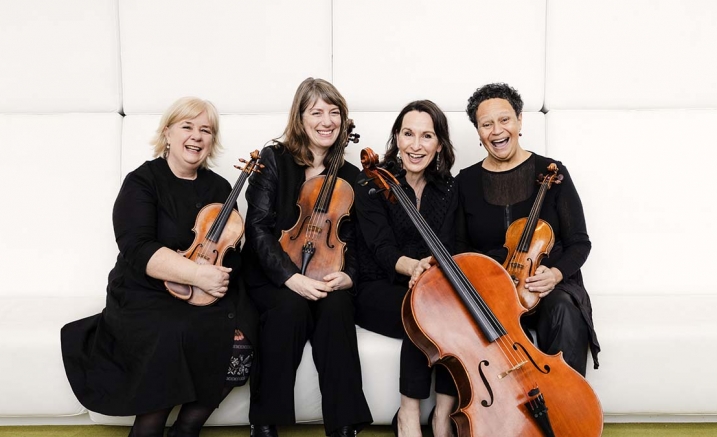



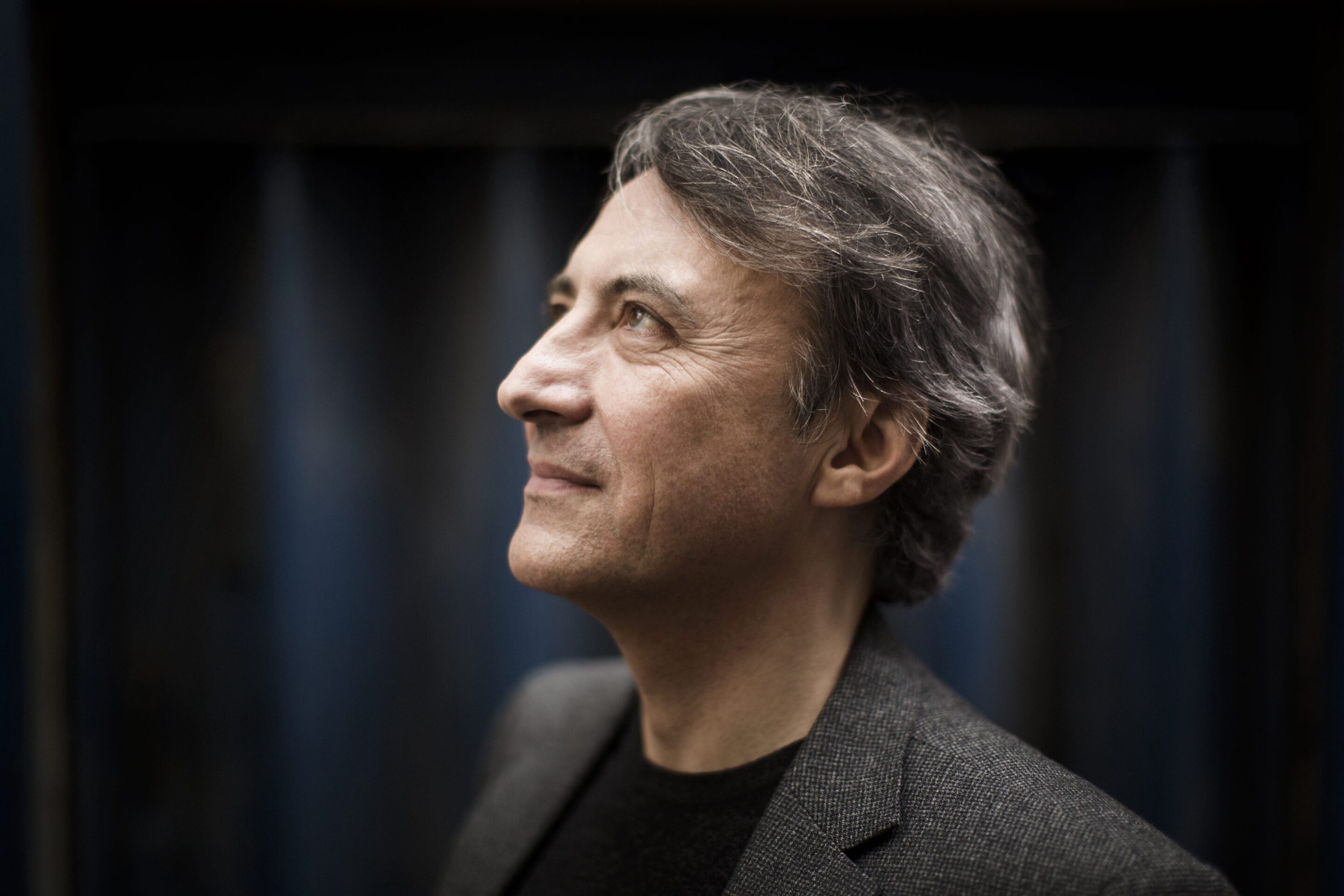

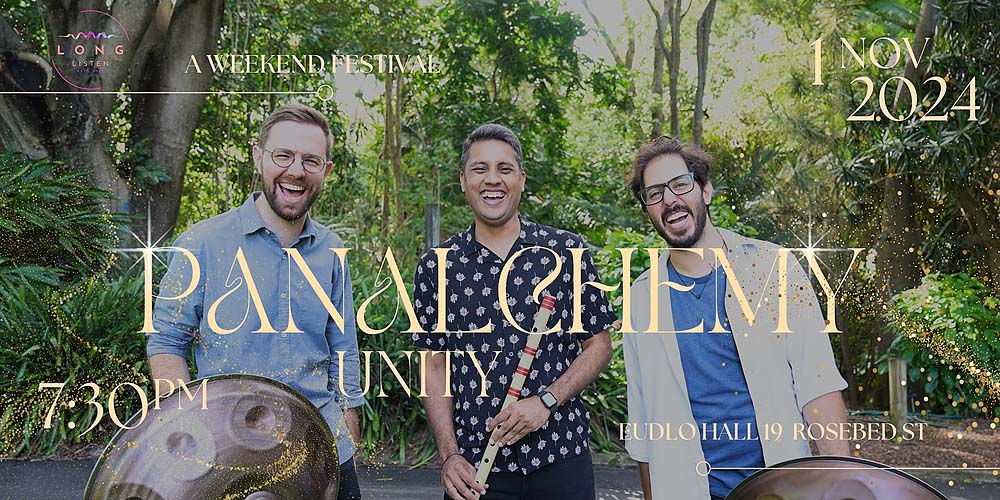

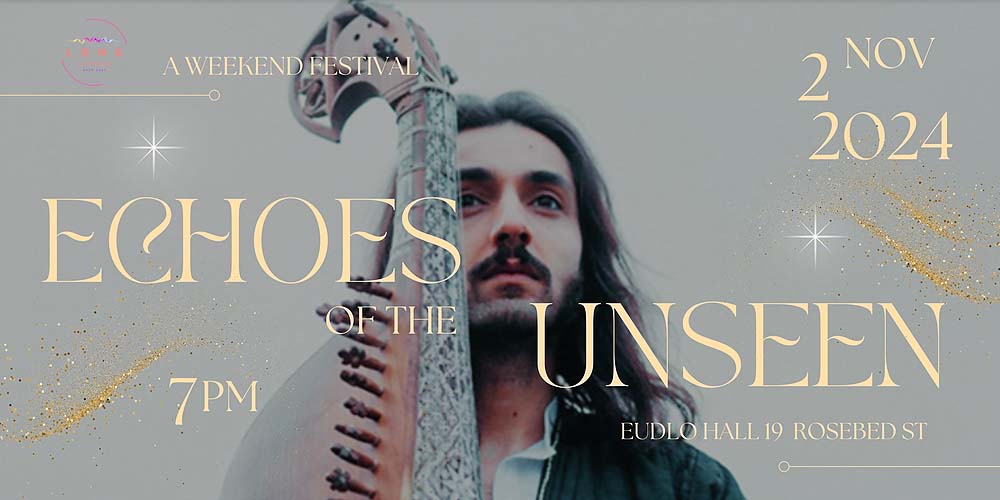
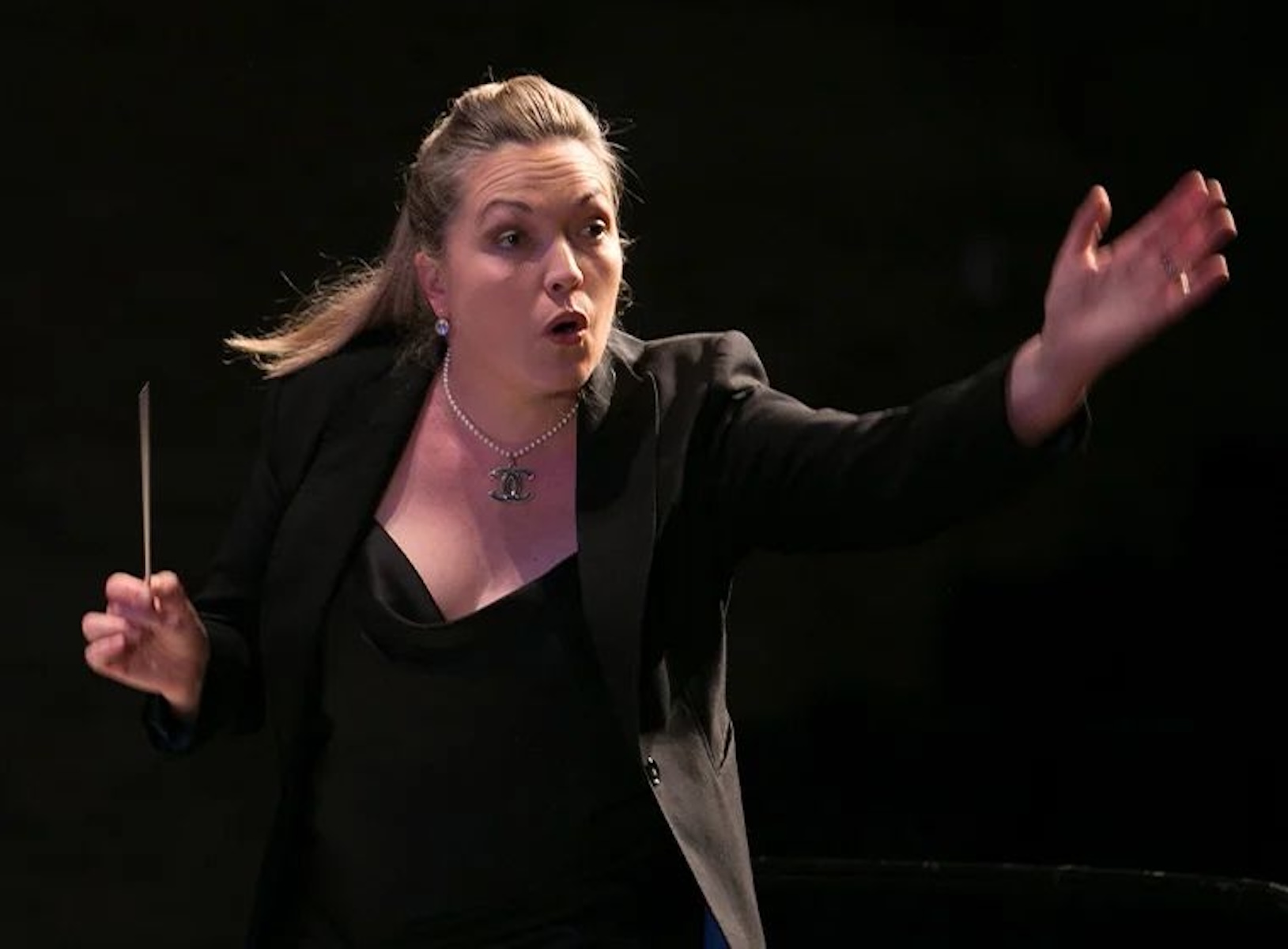
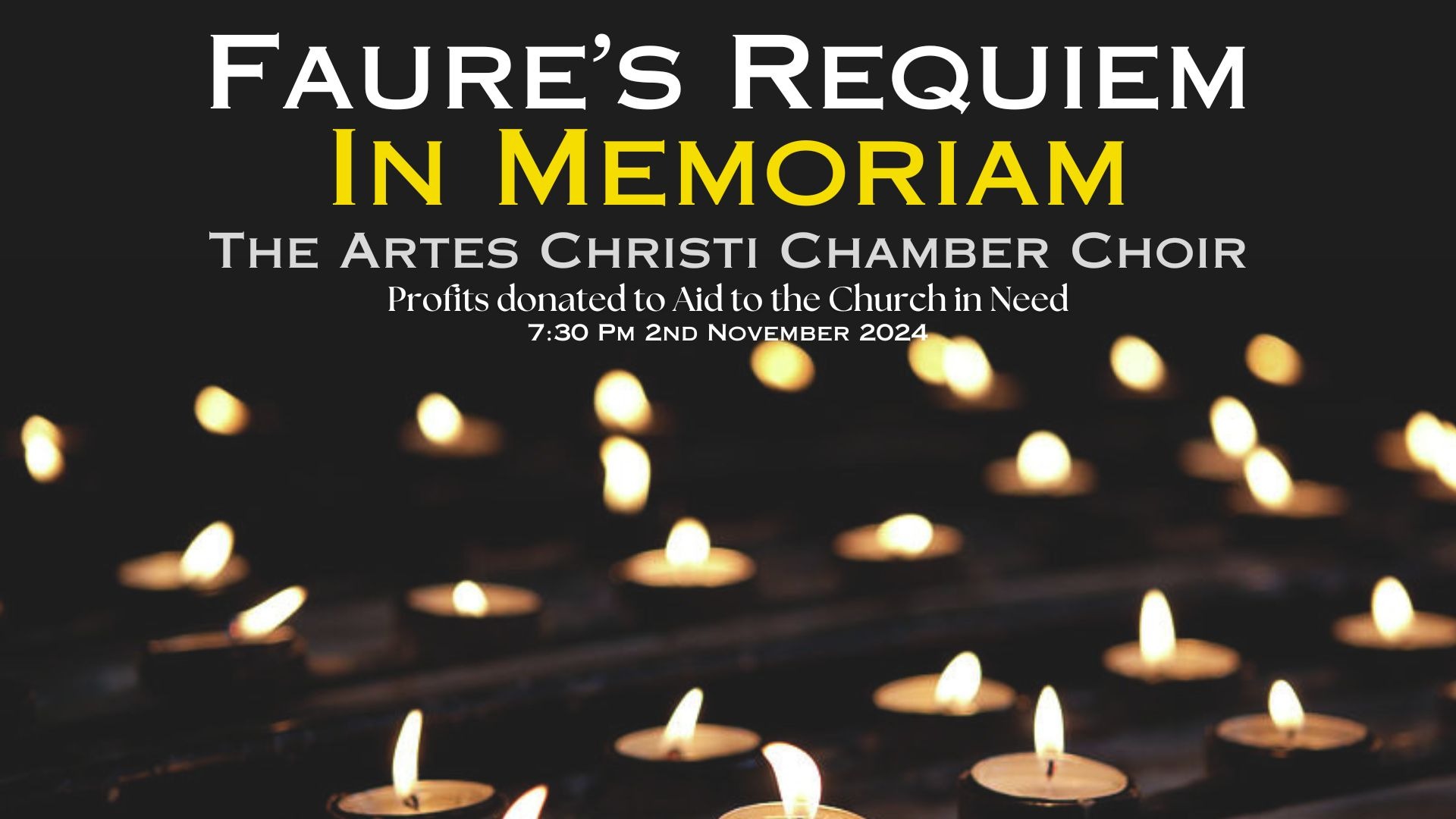
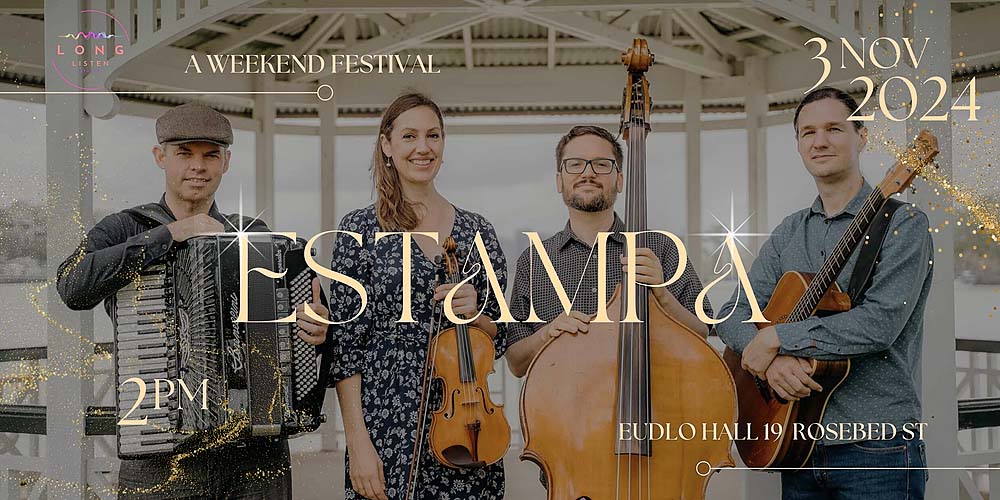





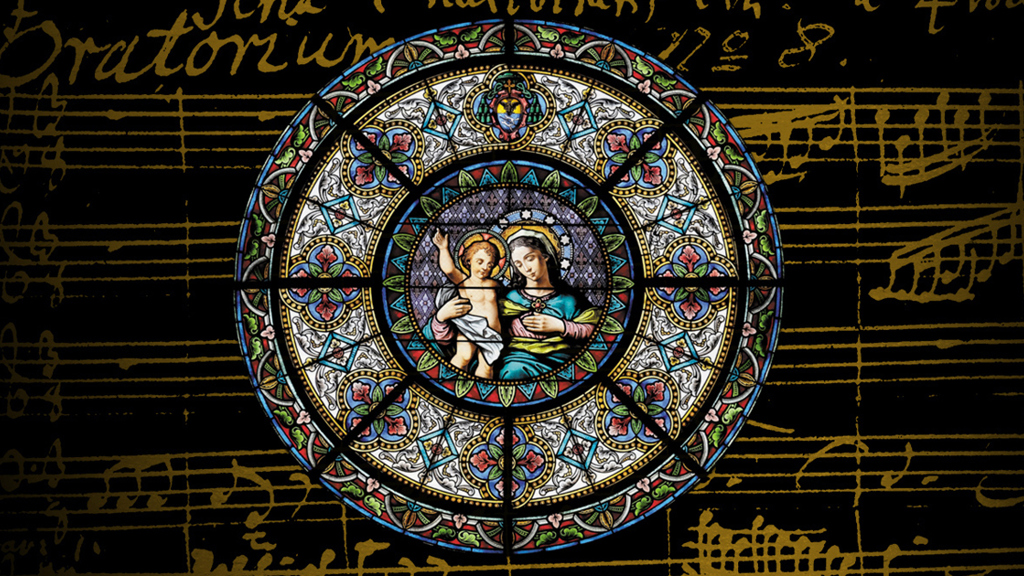
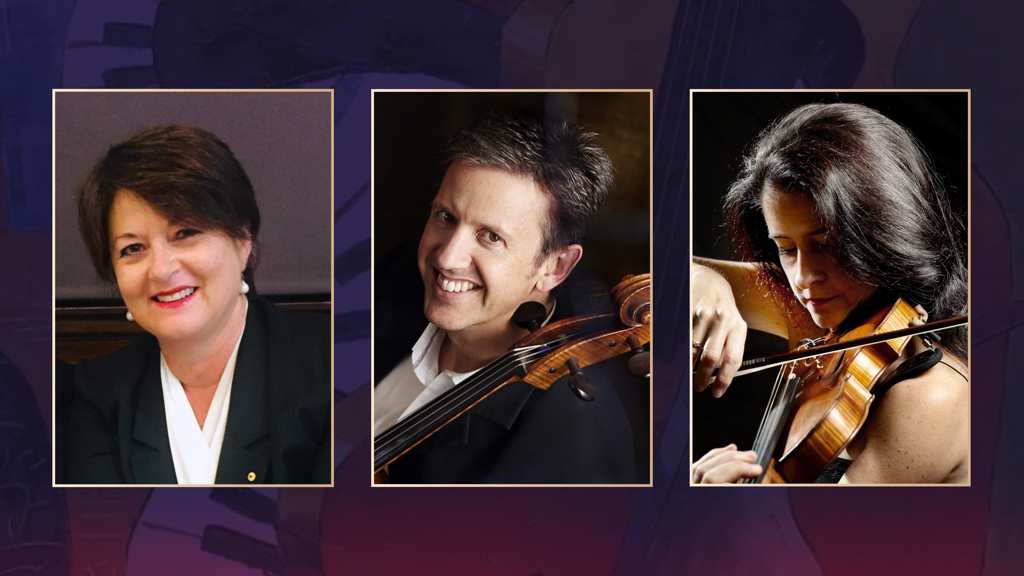

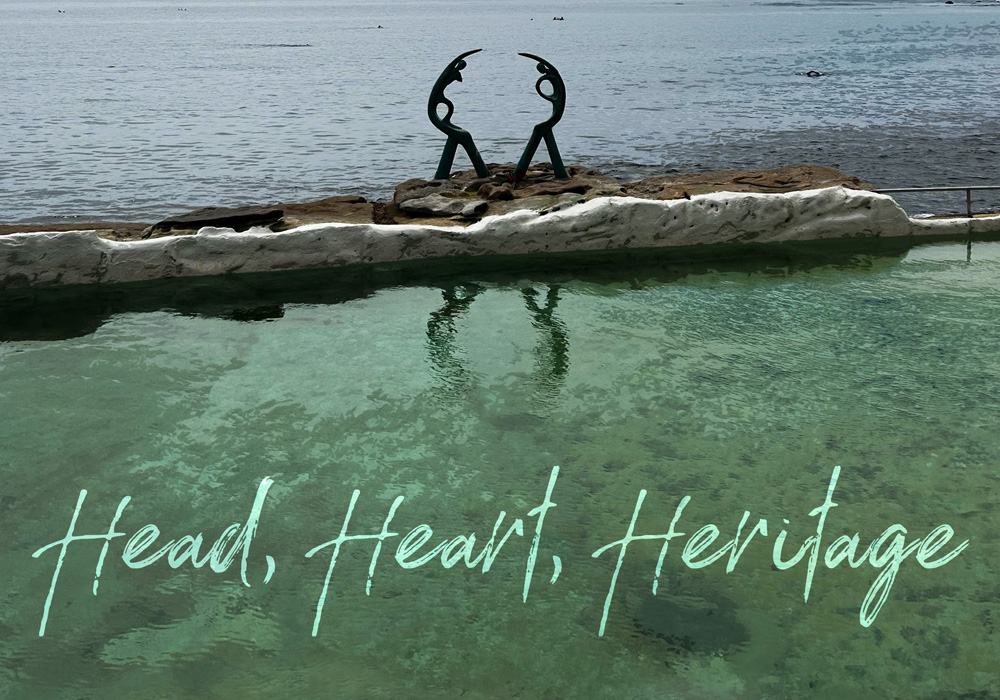
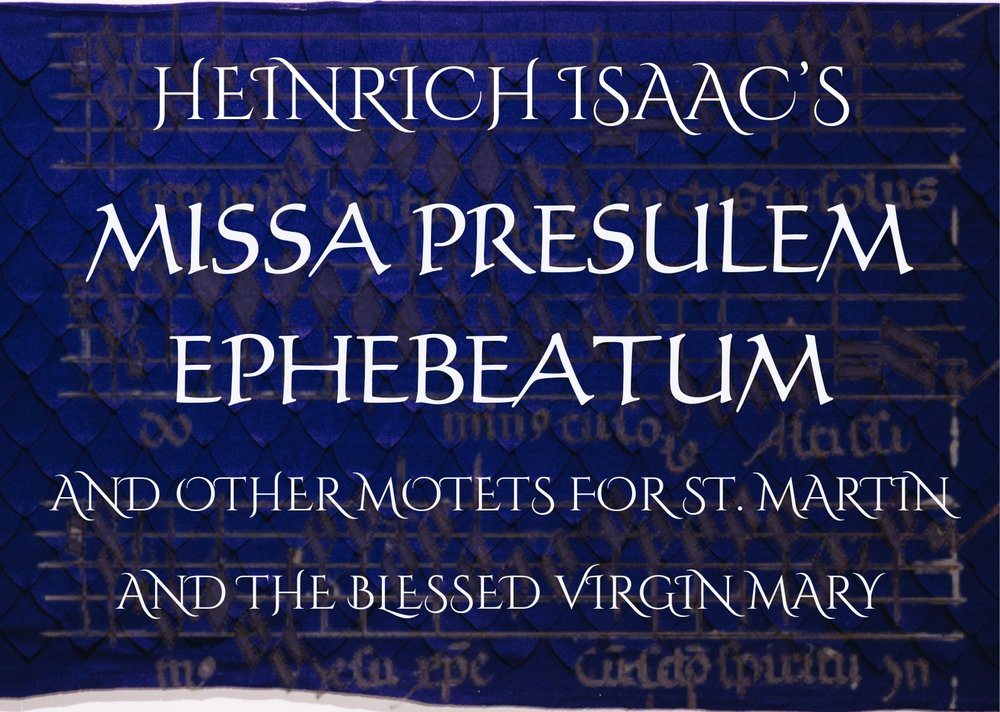

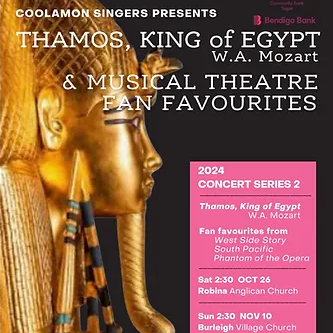
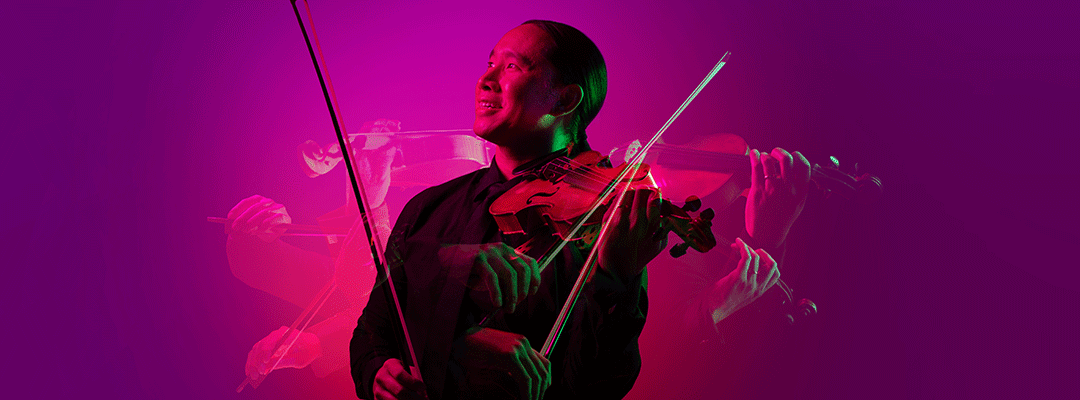


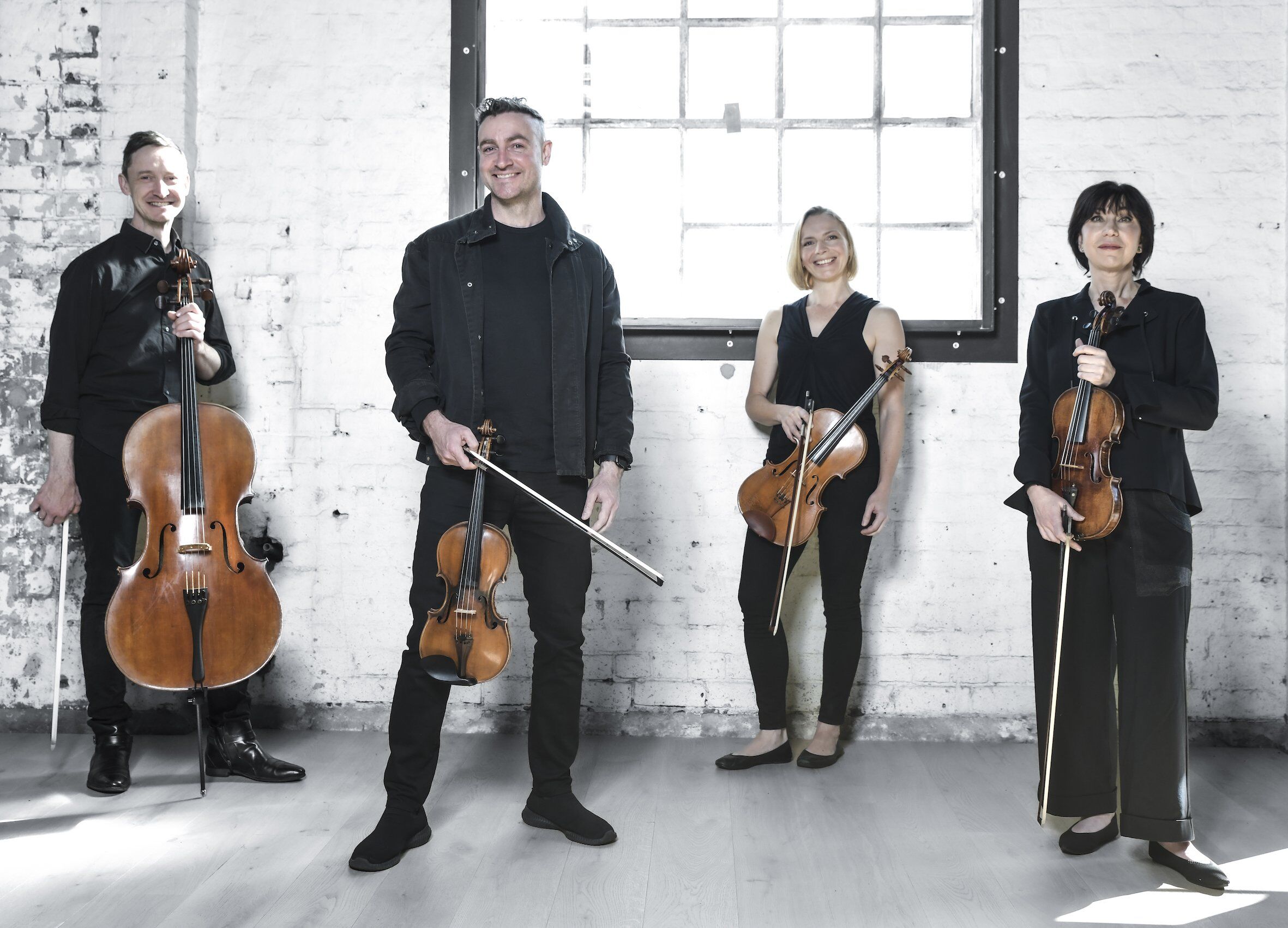





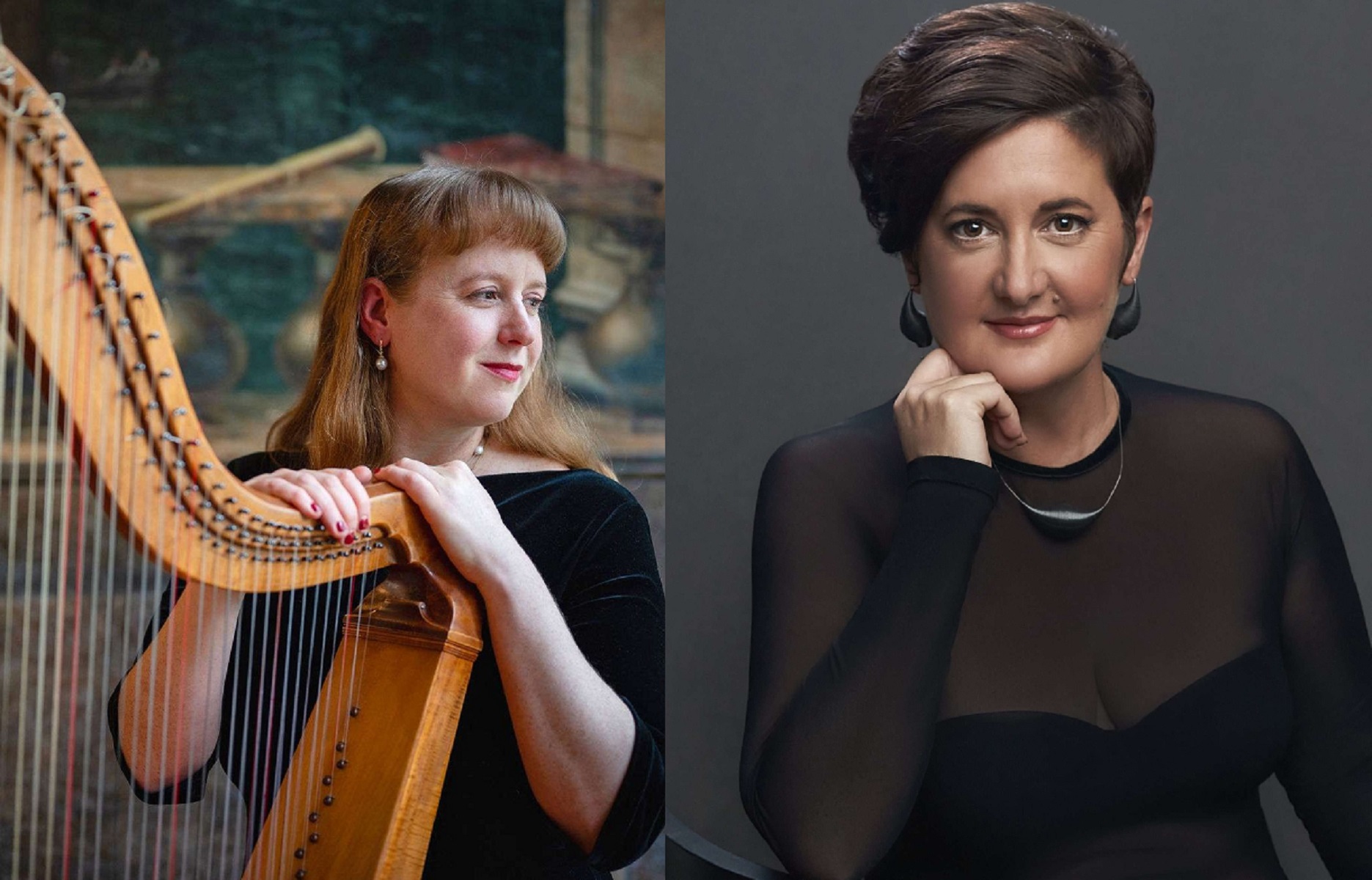
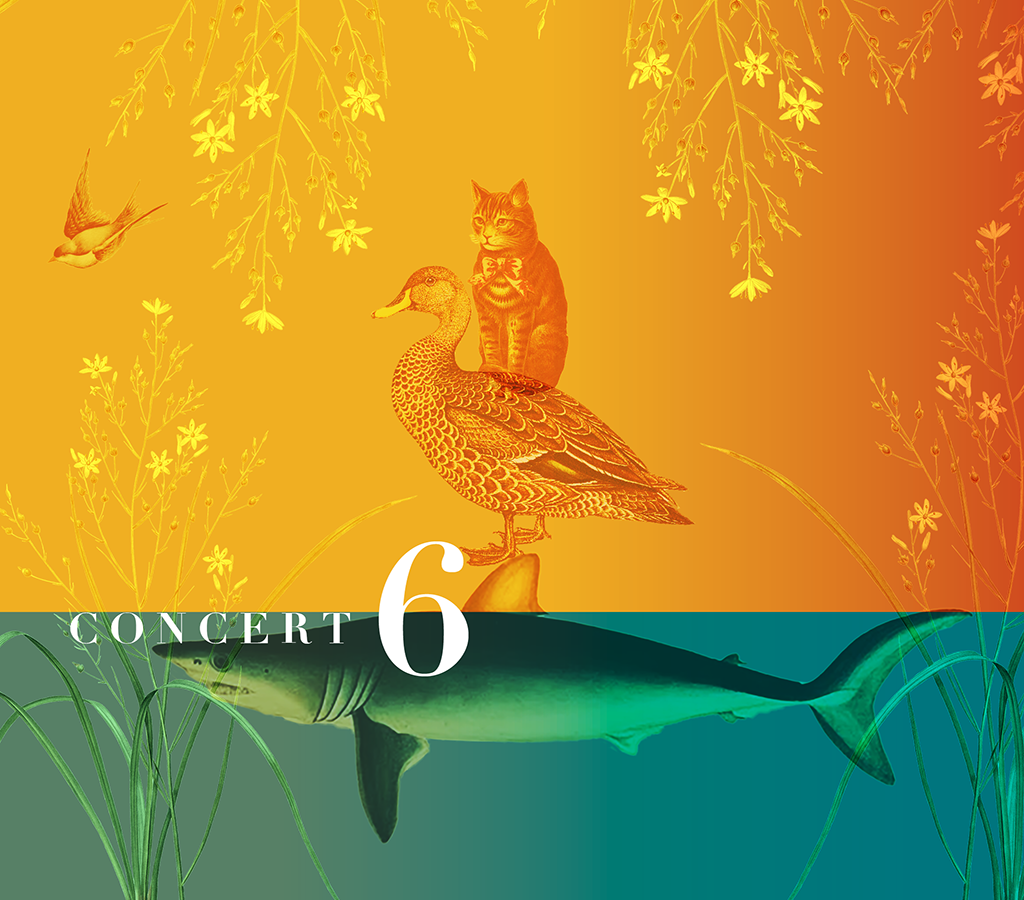

![user222 mrc mostlymozart [splendour of vienna] user222 mrc mostlymozart [splendour of vienna]](https://cdn-classikon.b-cdn.net/wp-content/uploads/2024/02/user222-mrc_mostlymozart_splendour_of_vienna.png)

